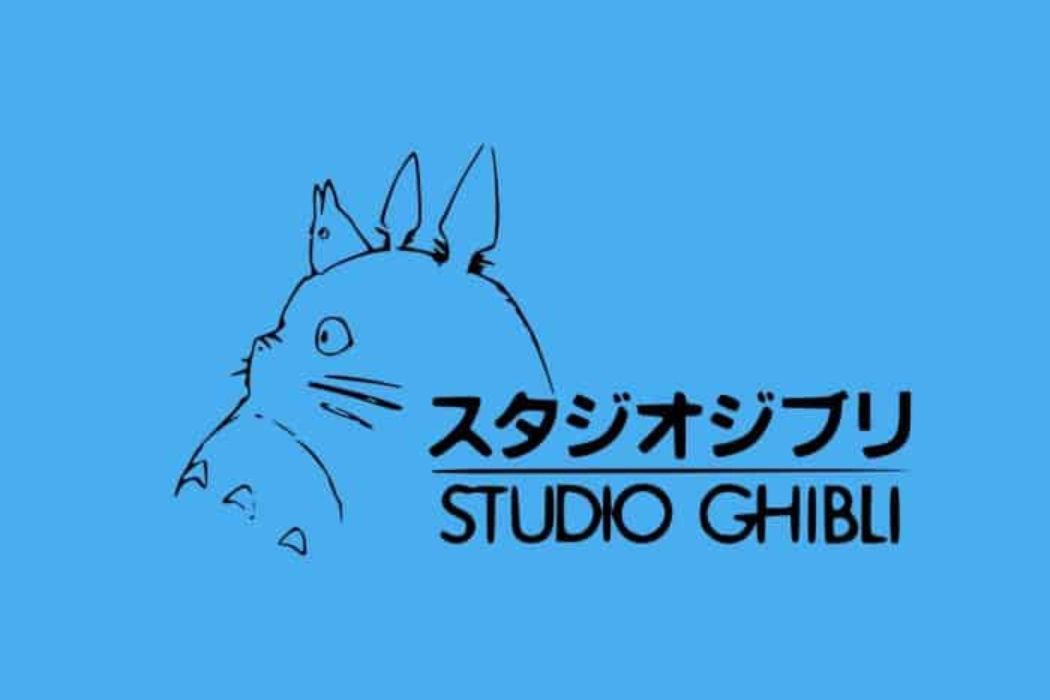It is no secret that we live in a fast-paced world. Present-day urban centres in the West are all about the hustle, the bustle, and the absolute non-stop. Naturally, that translates into the media that we create and consume every day.
Our action-movies are filled to the brim with fight-scene after fight-scene, and when those aren’t taking up the screen, we’re watching dialogue scenes that are heavy with crucial revelations and are overwhelmed with information-dumping montages. The fantasy stories are packed full of worldbuilding and curious, never-before-seen characters, and our romances have after reason for why the characters can’t be together just yet. Now, that is not a bad thing. It keeps the audience interested and engaged, never turning away for one second, lest they miss an important detail. However, that sort of fast pacing is not the only way to go about it. Studio Ghibli is one of the most brilliant examples of how different can be spectacular.
What Makes Studio Ghibli Different?
Since the release of Studio Ghibli’s first movie, Castle in the Sky in 1986, multiple generations have grown up with these movies that explore the quirks and beauties of nature, spirituality, and humanity. Studio Ghibli does this in a way that is easy for both children and adults to grasp, absolutely enthralling in their well-rounded characters, smooth animation, and next-level soundtracks. However, the element that I want to zoom into today is something that people don’t often think about. The still, reflective moments, the introspection – the Ma.
Ma is a Japanese concept that essentially means “empty or negative space”. In a 2002 interview, Roger Ebert brings it up as “gratuitous motion”. He describes it as a moment when a character does not let the plot dictate their movements. Instead, the character just sits or stands there, letting themselves feel the present moment and bask in it, often surrounded by nature. Hayao Miyazaki responds by clapping his hands a few times, and explains, “We have a word for that in Japanese. It’s called ma. Emptiness. (…) The time in between clapping my hands is ma. If you have non-stop action with no breathing space at all, it’s just busyness. But if you take a moment, the tension building in the film can grow into a wider dimension.”

This is something that is present in all Studio Ghibli films, and a huge factor in separating them from our western movies and TV shows. It is unique in that it gives both the character and the audience reflect on what has happened: to think about all the plot points so far, the characters, and perhaps some predictions. Even if we do not wish to reflect, we can sit there and bask in the visceral beauty of the animation.

In an iconic scene from Spirited Away, which could be argue as Studio Ghibli’s best-known film, there is a sequence of nothing but a train ride. Yes, that’s right – this movie takes minutes out of its play time to spend on a completely silent, no-dialogue sequence that does nothing but re-familiarize us to this fictional world. And it is absolutely brilliant.
We see snapshots of the world passing by, sometimes paired with the spirit inhabitants of Spirited Away’s strange world. In a way, its strategic placing near the end of the film acts as a sort of climax that preludes the actual climax – the tension has bubbled up throughout the entire film, but with the symbolic sunset that comes with the train ride, that tension goes out with a gentle little pop. It helps to prepare Chihiro, the main character, for the last stretch of her journey, where she will reach the final stage of her character development and maturity.
This is a perfect representation the the ma that has been a constant in Studio Ghibli, and Miyazaki’s, films for the last decades. In both a literal and symbolic way, it delivers the message and core ideas in the story. Ideas of leaving home, maturity, responsibility, and the passage of time, all reflected back in this little girl’s journey on a train, far, far away from home.
In a world where everything from daily life to the media we consume is fast-paced and never-ending, stories like these and moments of ma have never been more relevant. Sometimes, amidst the hustle and bustle of our cities, we can start to feel suffocated and overwhelmed. In those moments, it may do us some good to remember the lessons that Studio Ghibli has taught us, and take a moment to look around and ground ourselves into the world around us. And of course, you should never forget that nature is the best remedy.


